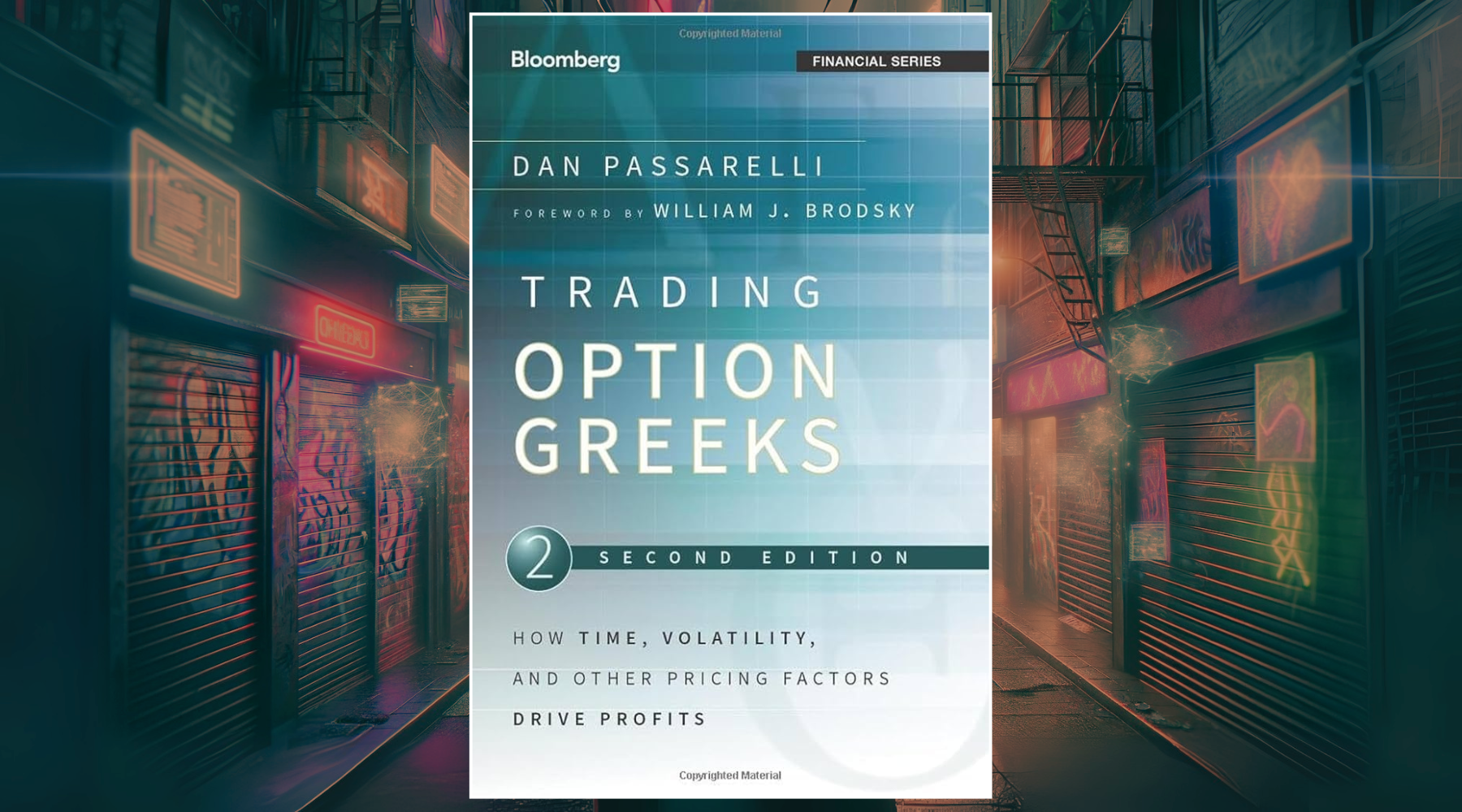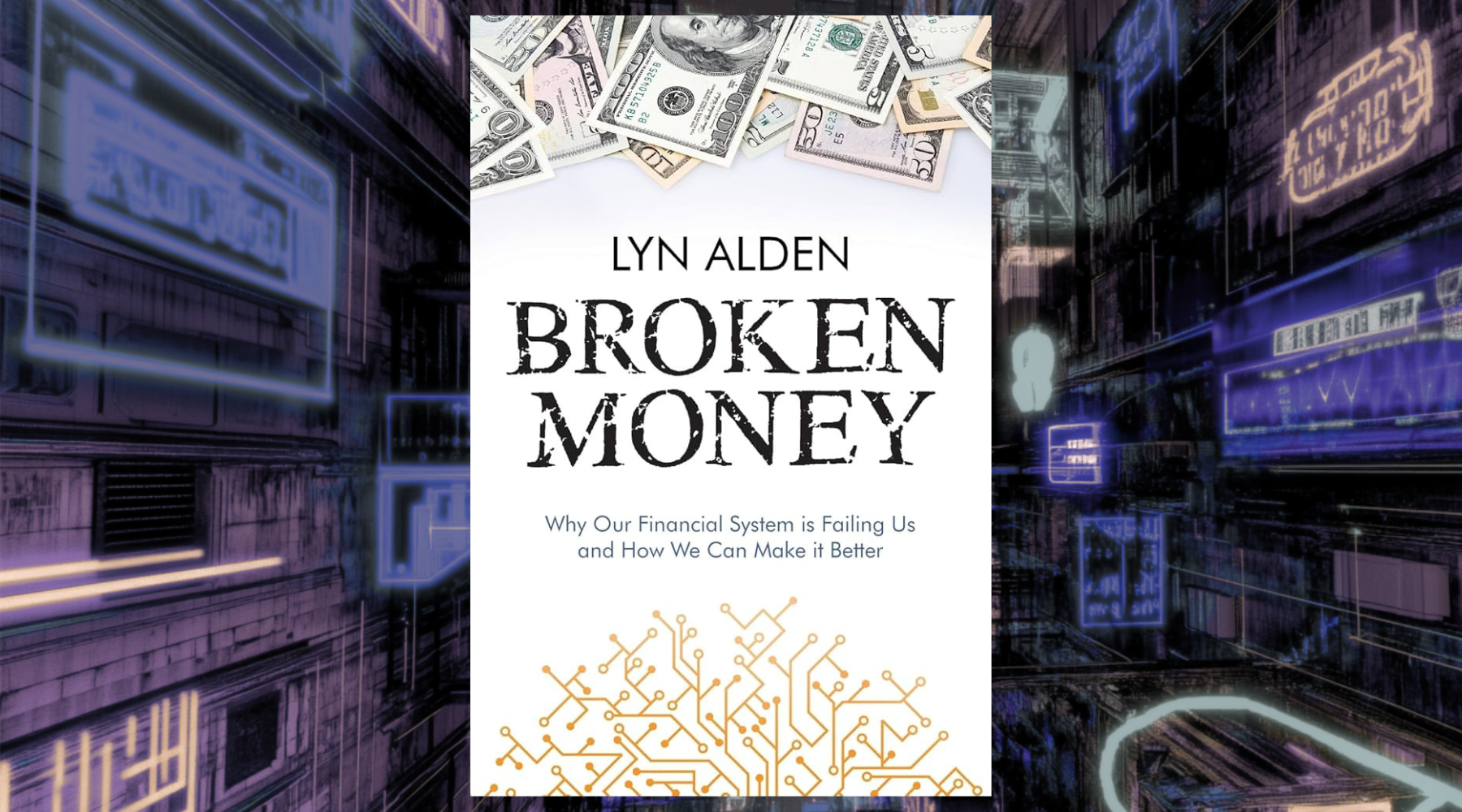A Financial System to Shape a Post-War Global Economy
In the aftermath of World War II, nations were left grappling with widespread destruction and economic instability. It was within this context that the Bretton Woods Agreement was conceived, marking a pivotal moment in the history of international finance. Convened in July 1944 at the Mount Washington Hotel in Bretton Woods, New Hampshire, the United Nations Monetary and Financial Conference brought together 730 delegates from 44 Allied nations. Their collective agreement was an enormous international effort aimed at rebuilding the global economy.
The historical backdrop of the Bretton Woods Agreement is deeply rooted in the desire for stability and economic recovery post-World War II. Nations were in dire need of a system that could foster international trade while preventing the competitive devaluations that had contributed to the economic turmoil of the 1930s. The goals of the Bretton Woods Agreement were ambitious: stabilize exchange rates, prevent competitive devaluations, and promote international trade on a scale never before seen.
Key Features of the Bretton Woods Agreement
Fixed Exchange Rates
At the heart of the Bretton Woods system was the establishment of fixed exchange rates. Currencies were pegged to the US dollar, which was itself fixed to gold at $35 per ounce. This system of fixed exchange rates was designed to provide stability in international currency exchange rates, making international trade more predictable and fostering economic growth.
IMF and World Bank
The Bretton Woods Conference led to the creation of two pivotal institutions: the International Monetary Fund (IMF) and the World Bank (officially known as the International Bank for Reconstruction and Development). The IMF was tasked with monitoring exchange rates and providing financial assistance to countries to maintain balance of payments stability. The World Bank's role was focused on the reconstruction and development of war-torn nations and later, the development of less developed countries.
Adjustable Peg System
To accommodate economic realities, the Bretton Woods Agreement included an adjustable peg system, allowing for a 1% band in which currencies could adjust. This flexibility was important for countries to manage their balance of payments and adapt to changing economic conditions.
| Feature of Agreement | Result |
|---|---|
| Fixed Exchange Rates | Currencies pegged to the US dollar, which was fixed to gold at $35 per ounce. |
| IMF and World Bank | Created to monitor exchange rates, provide financial assistance, and support reconstruction and development. |
| Adjustable Peg System | Allowed for a 1% band in currency adjustments to manage balance of payments and adapt to economic conditions. |
Impact and Benefits
The Bretton Woods system heralded a golden age of economic prosperity, marked by a level of stability and growth that was previously unattainable. By pegging currencies to the US dollar and ultimately to gold, the system provided a predictable financial environment that reduced the risk of currency fluctuations. This stability was crucial for countries ravaged by war, as it allowed them to plan their economic recovery without the added uncertainty of exchange rate volatility.
The fixed exchange rate regime under Bretton Woods also played a pivotal role in expanding international trade. With exchange rates locked in, businesses could engage in cross-border transactions with confidence, leading to a surge in global trade volumes. This increase in trade was a significant factor in the rapid economic expansion of the 1950s and 1960s, as countries were able to export and import goods without the fear of sudden shifts in currency values.

The Bretton Woods system laid the foundation for a more integrated global economy. The establishment of the International Monetary Fund (IMF) and the World Bank facilitated this integration by providing financial support and technical assistance to countries in need. These institutions helped to rebuild war-torn economies and later shifted their focus to the development of emerging nations, contributing to a more balanced and interconnected global economic landscape.
Here's a list of the notable impacts of the Bretton Woods Agreement on the global system:
- Established a system of fixed exchange rates, reducing the risk of currency fluctuations and aiding economic recovery post-WWII.
- Pegged currencies to the US dollar and ultimately to gold, providing a predictable financial environment for international trade.
- Played a pivotal role in expanding international trade by facilitating predictable cross-border transactions.
- Contributed to a surge in global trade volumes, significantly impacting the rapid economic expansion of the 1950s and 1960s.
- Enabled countries to export and import goods without the fear of sudden shifts in currency values.
- Laid the foundation for a more integrated global economy, with financial support and technical assistance provided to countries in need.
- Helped to rebuild war-torn economies and later shifted focus to the development of emerging nations.
- Contributed to a more balanced and interconnected global economic landscape through the establishment of the IMF and World Bank.
Main Architects of the bretton woods agreement
The Bretton Woods Agreement was the culmination of efforts by numerous individuals and nations, aiming to establish a stable post-war economic framework. However, two key figures stand out for their significant contributions to its creation: John Maynard Keynes and Harry Dexter White.

John Maynard Keynes
John Maynard Keynes, a British economist, played a crucial role as an advisor to the British Treasury. He advocated for a new international monetary system designed to prevent economic crises and promote stability. Keynes's vision included the establishment of a global central bank, which would issue a new international currency, "bancor." His proposals aimed at creating a powerful institution capable of addressing global economic imbalances.

Harry Dexter White
Harry Dexter White, representing the United States as the chief international economist at the U.S. Treasury Department, offered a contrasting approach to Keynes. White's plan focused on establishing a more modest lending fund and emphasized the role of the U.S. dollar rather than introducing a new currency. His proposal led to the creation of the Stabilization Fund, which would rely on a finite pool of national currencies and gold.

| Architect | Role | Contribution |
|---|---|---|
| John Maynard Keynes | British Economist | Advocated for a new international monetary system with a global central bank issuing "bancor." |
| Harry Dexter White | US Economist | Proposed a more modest lending fund emphasizing the role of the U.S. dollar, leading to the creation of the Stabilization Fund. |
The Bretton Woods Agreement ultimately represented a compromise between Keynes's and White's visions, with the final system more closely aligned with White's proposals. This system established fixed exchange rates pegged to the U.S. dollar, convertible to gold, and led to the creation of the International Monetary Fund (IMF) and the World Bank.
Other Notable Participants
The conference saw participation from 730 delegates across 44 nations, with significant contributions from various financial experts and government officials. U.S. Treasury Secretary Henry Morgenthau Jr. served as the conference president, playing a key role in steering the discussions. The collective effort of these individuals, through extensive bilateral and multilateral meetings, was instrumental in reconciling different national interests and economic philosophies to forge a groundbreaking agreement.
The Bretton Woods Agreement stands as a testament to the economic theories of Keynes and White and the power of international cooperation in addressing global challenges. The institutions established through their efforts have had a lasting impact on the global financial landscape.

Challenges and Collapse
The Bretton Woods system, while initially successful in establishing a stable post-war economic order, eventually encountered insurmountable challenges. These challenges stemmed from inherent tensions within the system, external economic pressures, and the evolving nature of the global economy. The culmination of these issues led to the system's collapse in the early 1970s.
US Balance of Payments Deficit
One of the primary challenges was the US balance of payments deficit. As the post-war years progressed, the United States, which held the majority of the world's gold reserves and whose currency was the backbone of the Bretton Woods system, began to experience a significant balance of payments deficit. This deficit was partly due to extensive foreign aid and military spending abroad, including the Marshall Plan and the Vietnam War. As dollars accumulated overseas, foreign governments and investors increasingly sought to convert their dollar reserves back into gold, as was their right under the Bretton Woods system.
Growing Demand for Gold
The growing demand for gold placed additional pressure on the Bretton Woods system. The fixed price of gold at $35 per ounce, established as part of the agreement, became increasingly untenable as the volume of dollars outside the United States grew. This situation led to concerns about the United States' ability to fulfill its obligation to convert dollars to gold at the established rate. The disparity between the amount of gold held by the US and the value of foreign-held dollar reserves threatened the credibility of the entire system.
Tension Between Fixed Rates and Economic Realities
Another significant challenge was the tension between the system of fixed exchange rates and the economic realities faced by member countries. The Bretton Woods system required countries to maintain their currency values within a narrow margin. However, as economies grew and changed at different rates, maintaining these fixed exchange rates became increasingly difficult. Countries experiencing balance of payments surpluses or deficits found the rigidity of the system constraining, leading to periodic currency crises and the need for realignment of exchange rates.
The Collapse
The collapse of the Bretton Woods system came in August 1971, a moment known as the "Nixon Shock." Faced with a gold run and the impossibility of maintaining gold convertibility, President Richard Nixon announced a series of economic measures, including the suspension of the dollar's convertibility into gold. This unilateral decision effectively ended the Bretton Woods system of fixed exchange rates. The immediate aftermath saw the devaluation of the dollar and increased volatility in global currency markets.
Shift to Floating Exchange Rates
The collapse of the Bretton Woods system led to a fundamental shift in the international monetary system, from a regime of fixed exchange rates to one of floating exchange rates. This transition was formalized in the following years, notably through the Smithsonian Agreement in December 1971 and the Jamaica Agreement in 1976. Under the new system, exchange rates were allowed to float freely and were determined by market forces, fundamentally altering the landscape of international finance.
| Challenge | Description |
|---|---|
| US Balance of Payments Deficit | Extensive foreign aid and military spending led to a deficit, prompting foreign governments to convert dollars to gold. |
| Growing Demand for Gold | The fixed price of gold at $35 per ounce became untenable as the volume of dollars outside the US grew. |
| Tension Between Fixed Rates and Economic Realities | The rigidity of fixed exchange rates became difficult to maintain as economies grew and changed at different rates. |
The challenges and eventual collapse of the Bretton Woods system underscore the difficulties of maintaining fixed exchange rates in a world of increasingly independent and diverse national economies. The legacy of Bretton Woods, however, lives on through the continued existence and evolution of the International Monetary Fund and the World Bank, institutions that have adapted to play crucial roles in the global economy well beyond their original mandates under the Bretton Woods system.
Conclusion
The Bretton Woods Agreement was a landmark in the history of the international monetary system. Its establishment of fixed exchange rates, the creation of the IMF and World Bank, and its role in stabilizing the post-war global economy are significant achievements. While the system eventually gave way to floating exchange rates, the Bretton Woods Agreement's legacy endures, reminding us of the power of international cooperation in overcoming global economic challenges. As we navigate the complexities of the contemporary world, the principles and lessons from Bretton Woods continue to offer valuable insights into the pursuit of stability and prosperity in the global economy.







